Asian equities open broadly lower today following US markets, but reversed losses on news that US and China are going to resume trade talks.
China’s Ministry of Commerce said in a statement that accepting invitation by the US to resume trade discussions. Chinese Vice Commerce Minister Wang Shouwen will meet with US Secretary for International Affairs David Malpass in late August.
In the statement, China reiterated that “it opposes unilateralism and trade protectionism and does not accept any unilateral trade restrictions”. And, “China welcomes dialogue and communication on the basis of reciprocity, equality and integrity.”
Hong Kong HSI dipped sharply to as low as 26871.11 in initial trading by then rebounded to 27405.25 on the news. But it’s now back below 27200, down -0.5%. The news is certainly a positive. But such low level meeting shouldn’t carry much significance in the near term. The trade war is on and the meeting is more gestures than anything with substance.




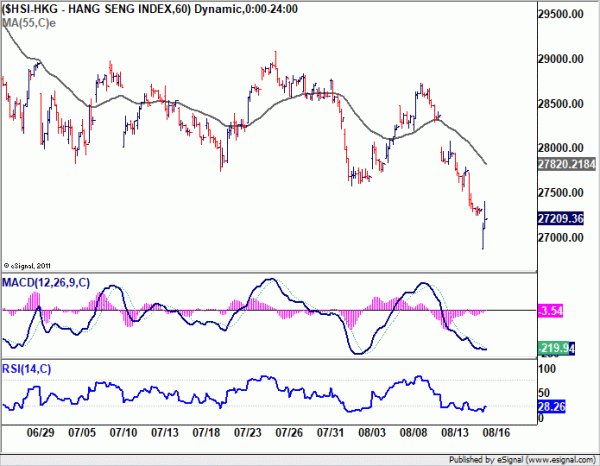
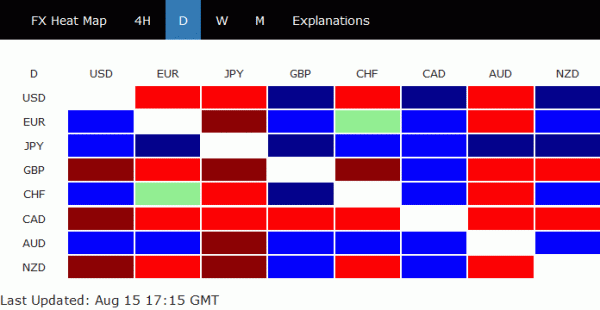
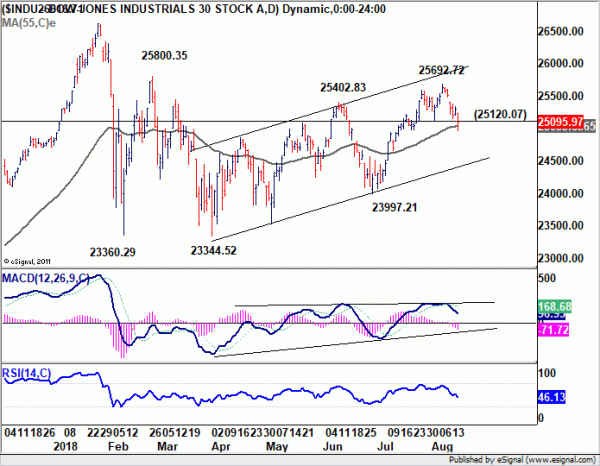
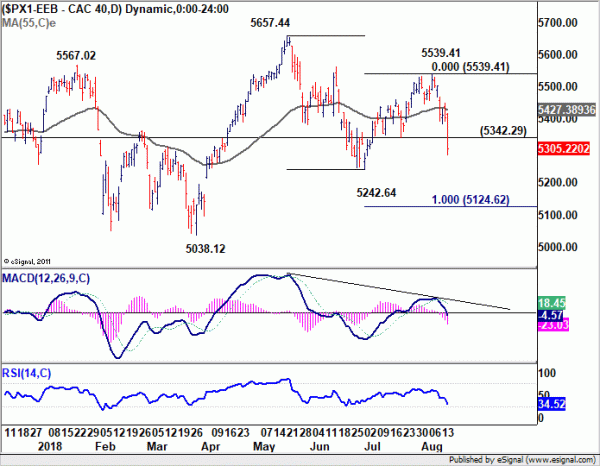
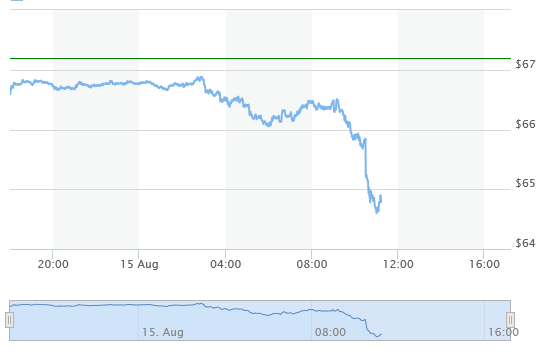
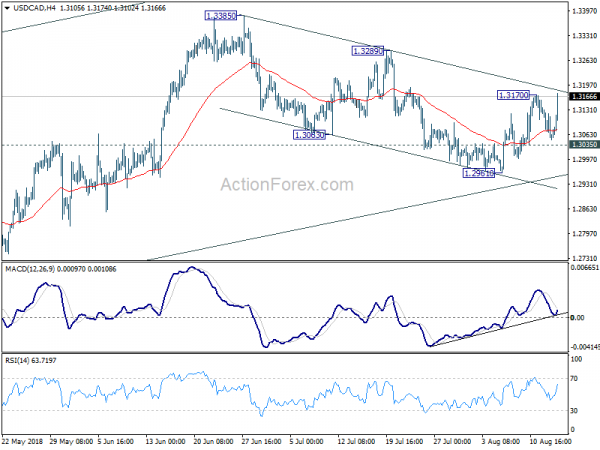
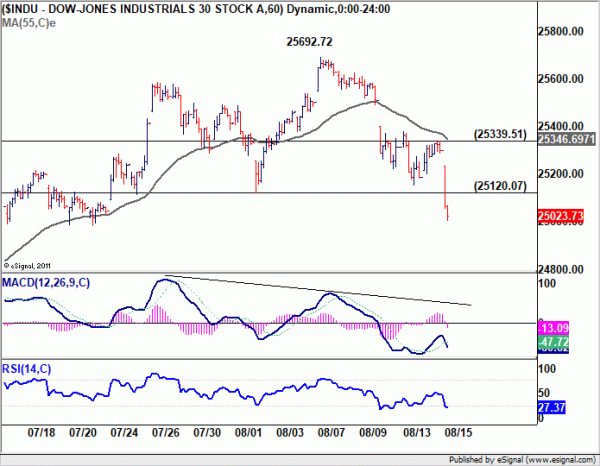
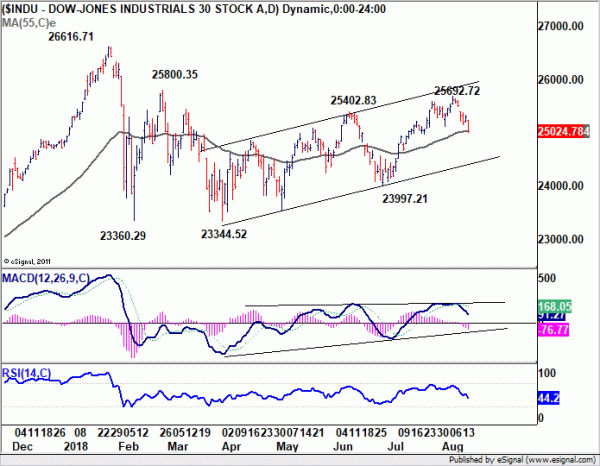
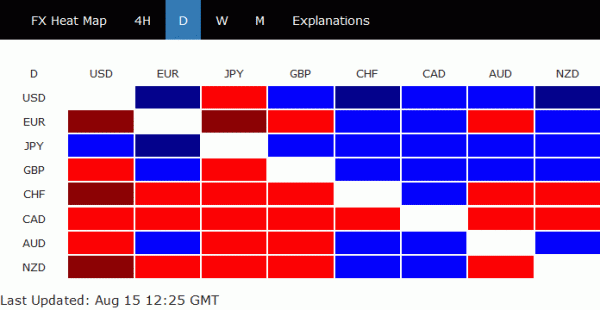
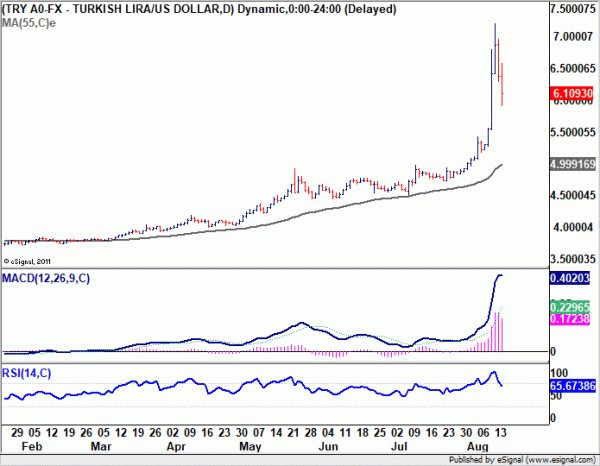
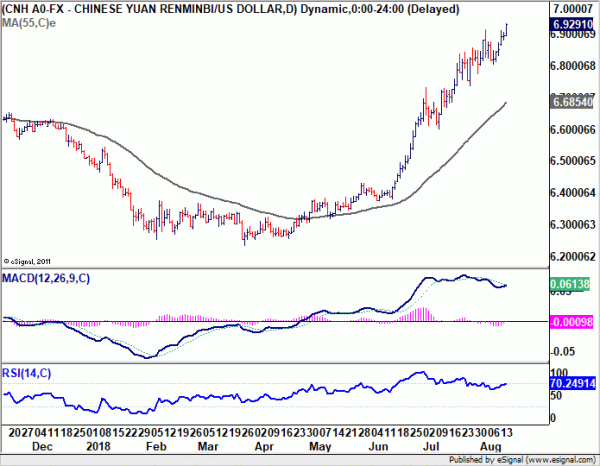
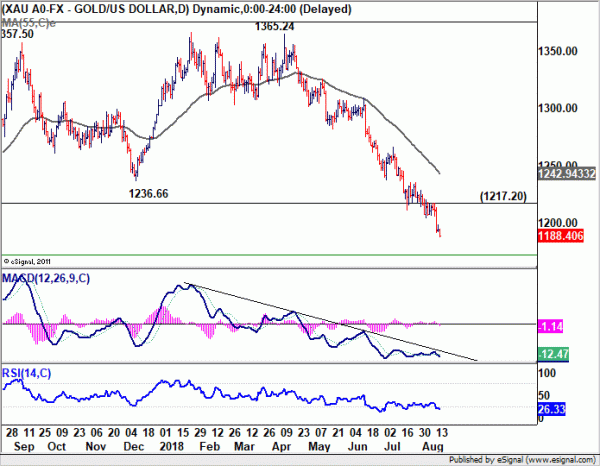
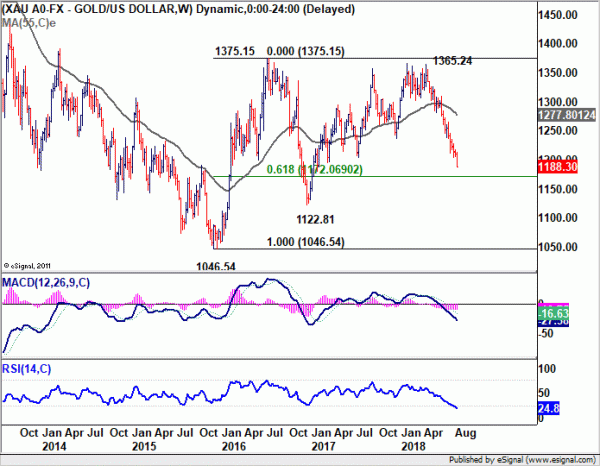
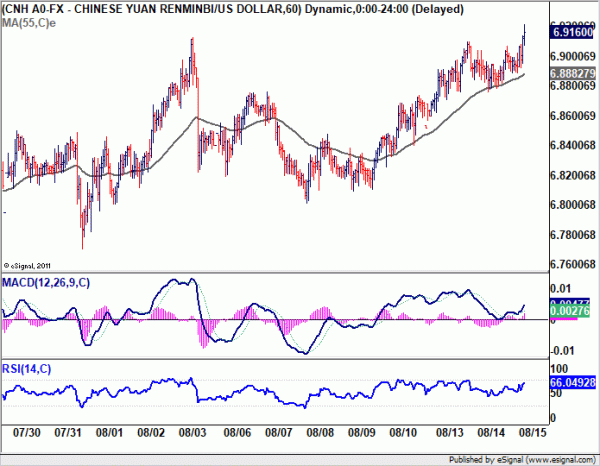
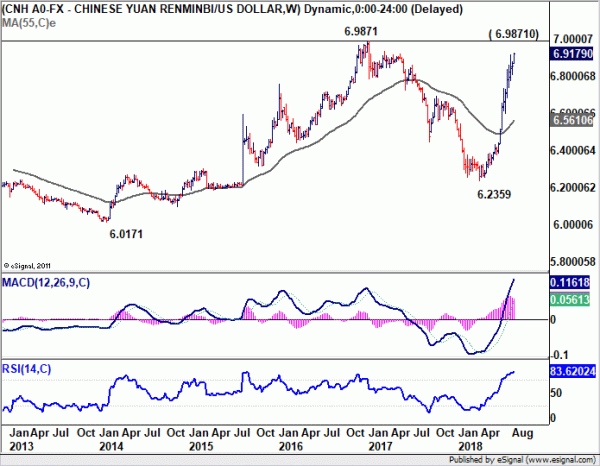
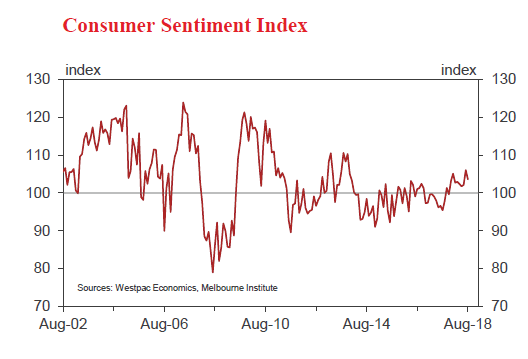
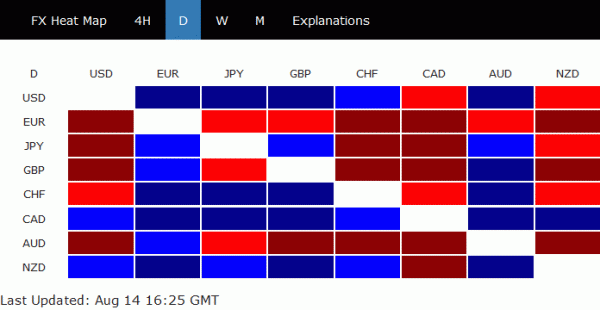
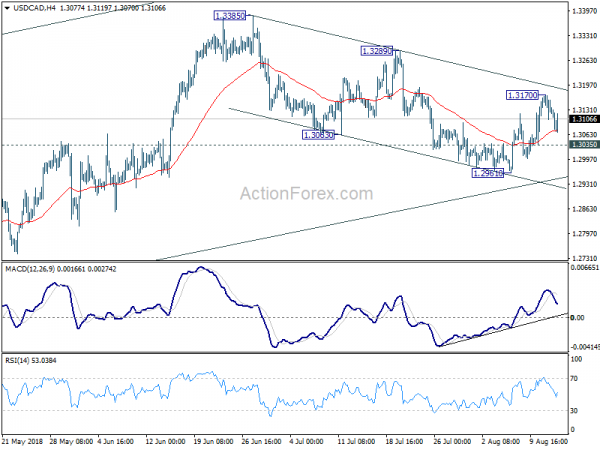

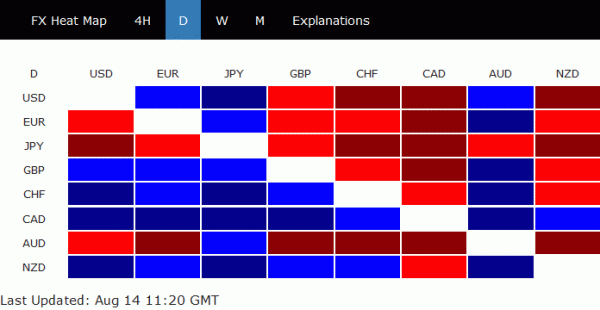
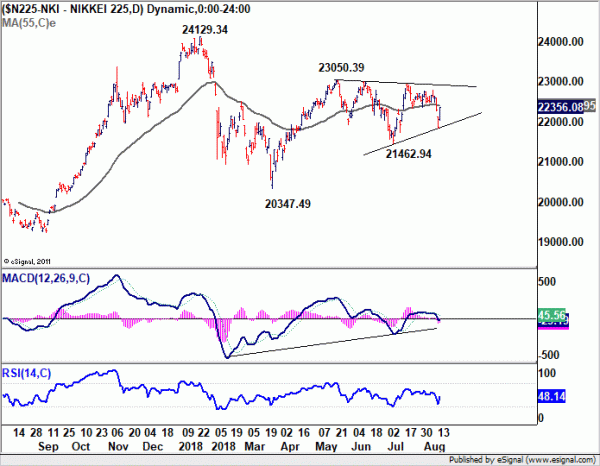
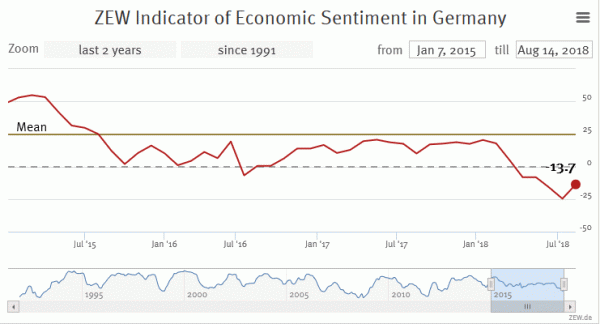
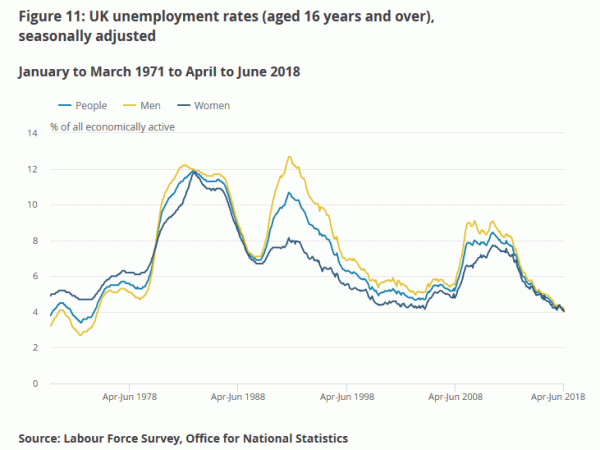
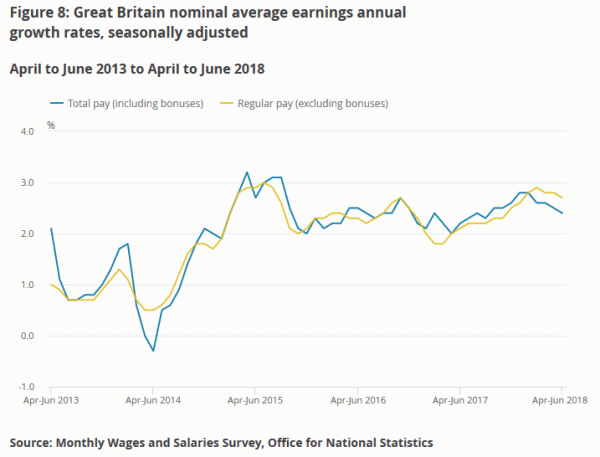
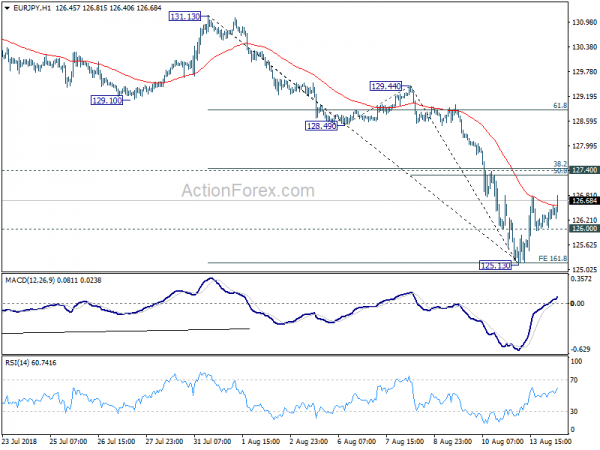
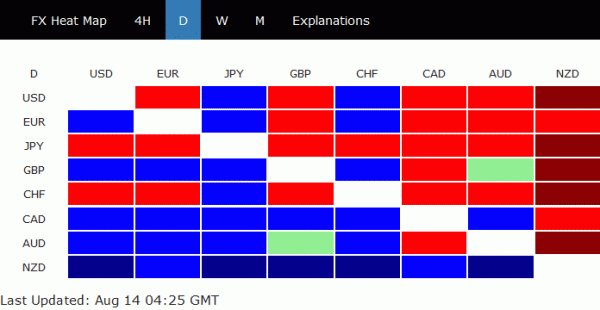
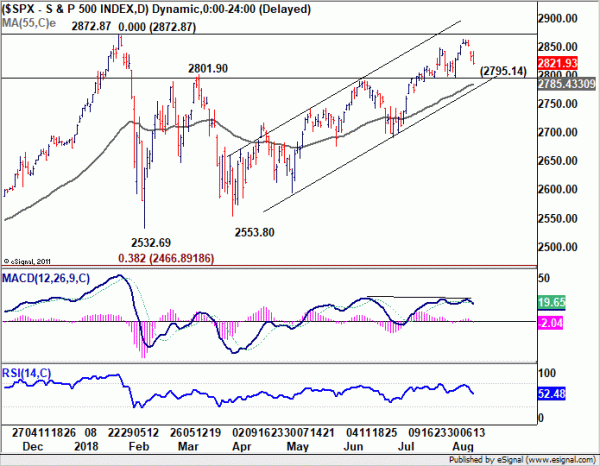

Turkey not asking for IMF aid, Qatar to inject $15B, USD/TRY drops through 6.0
IMF said there is no indication that Turkey is considering to seek its financial assistance. But it urged in a statement that “in light of recent market volatility, the new administration will need to demonstrate a commitment to sound economic policies to promote macroeconomic stability and reduce imbalances.”
Instead, Qatar has pledged USD 15B of direct investment in Turkey to help strengthen the Lira. President Recep Tayyip Erdogan’s spokesman Ibrahim Kalin tweeted: “Turkish-Qatari relations are based on solid foundations of true friendship and solidarity.”
Turkish Lira’s rebound extended overnight and with USD/TRY hit as low as 5.8578. While downside momentum is diminishing mildly, it seems USD/TRY could now start to stabilize below 6.0 handle.